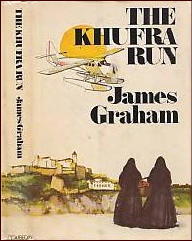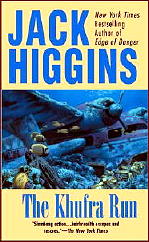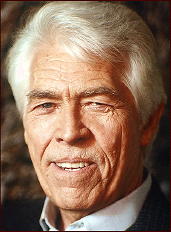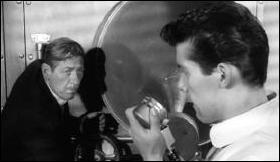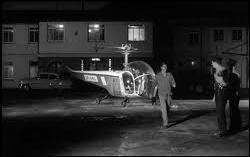Mon 16 Nov 2015
A Review by Barry Gardner: LOREN ESTLEMAN – King of the Corner.
Posted by Steve under Reviews[4] Comments
LOREN ESTLEMAN – King of the Corner. Detroit trilogy #3, Bantam, hardcover, 1992; paperback, 1993.
Loren Estleman doesn’t know how to write a bad book. Westerns, PI’s, hit men, whatever, I’ve enjoyed everything he’s written. His latest project has been a series of three books that attempt to capture the essence [and] trace the life of the city of Detroit from the gangster era (Whiskey River) through the heyday of automotive industry (Motown) to the present day and book.
The story is told through the eyes of Kevin “Doc” Miller, a one-time star relief pitcher for the Detroit Tigers who has just been paroled after serving seven years in prison for hosting a party at which drugs were used and a teenaged girl died. He moves in temporarily with his brother and soon gets a job with the city’s leading bailbondsman, more or less by happenstance.
Through his work with the bondsman, Doc meets various members of the city’s black power structure, both legal and illegal. The city’s real-life mayor, Coleman Young, is portrayed interestingly and, if television and newspapers are to be believed, at least semi-accurately. Against Miller’s will he becomes involved in situations which could result in his return to prison, or worse.
But Detroit is the real story, and as in the first two books, Estleman brings it alive. It has long been apparent in his Amos Walker books that he has both deep feeling for and knowledge of the troubled city, and in this trilogy he has used it all. The three in sum paint a vivid picture of a fascinating part of American urban history.
Don’t misunderstand me; this isn’t undying literature, nor were the first two. All three are, however, prime examples of what Estleman does as well as anyone writing, and that is telling an interesting and entertaining story.
I’l1 admit it: I’m glad to see him finish the trilogy, because I’m ready for another Amos Walker. I’m glad he wrote them, though, and would recommend them to anyone who enjoys good fiction.

